An ACT (Acceptance & Commitment Therapy) guide to unhook from tomorrow-worries—no meditation required
What a “what-if” really is
When the mind whispers *“What if something goes wrong in the meeting?”* or *“What if this symptom is serious?”*, it’s trying to buy certainty about any situation. Two science-backed ideas explain why such thoughts feel so gripping: the first is that **Uncertainty feels threatening. People high in intolerance of uncertainty tend to reduce doubt through extra analysis and information gathering; however, this approach can also lead to more emotional dysregulation. [1] Secondly, Worry is a verbal workaround. In the cognitive-avoidance model, worrying in words (vs. vivid images) can block emotional processing, so the mind keeps worrying again later [2] [3].
The ACT-based Mindfulness as an alternative: Don’t argue, just label and move:
ACT is a form of mindfulness training that builds psychological flexibility, that is, the capacity to notice thoughts and feelings and still do what matters. There are different skills in ACT aimed at developing psychological flexibility, and one of the core skills is cognitive defusion, which means treating thoughts as words/images rather than commands. Brief defusion exercises reliably reduce a thought’s believability and emotional punch, sometimes within a single session [4] [5]
Neuroscience adds a clue: putting feelings/thoughts into words (affect labeling) can engage regulatory prefrontal systems and dampens amygdala activation. In plain English: label → less alarm [6] [7].
The one-minute routine you’ll actually use (repeat as needed)
1) Prefix the sentence (defusion)
Write the loudest thought that you keep having with “what-if “ context exactly as it appears, then add:
“I’m having the thought that…”
This tiny language shift turns the thought, which feels like “truth,” into text you can watch. Lab studies show that such defusion practices can lower the believability and discomfort of sticky self-talk.
2) Rate believability (0–10)
Now that you’ve added that phrase in front of your thought, ask yourself how true it feels right now.
3) Take one 2-minute values step
Pick a micro-action that reflects what matters (reliability, learning, kindness, health) and try doing that despite having these thoughts. You’re training flexibility, the mechanism linked to better outcomes across ACT trials [8]
Plug-and-play examples
Work:
Original: “What if this presentation ruins my reputation?”
Prefix: “I’m having the thought that** this presentation ruins my reputation.”
2-minute values step (reliability): Start working on your presentation.
Health:
Original: “What if this tingling is catastrophic?”
Prefix: “I’m having the thought that** this tingling is catastrophic.”
2-minute values step (prudence): Note one observable fact (duration/time). If still concerned by a set time tomorrow, message your clinician (not a midnight search).
Money:
Original: “What if I never catch up?”
Prefix: “I’m having the thought that I’ll never catch up.”
2-minute values step (stability): Cancel one unused subscription or schedule a 15-minute budget slot.
Relationships:
Original: “What if they’re pulling away?”
Prefix: “I’m having the thought that they’re pulling away.”
2-minute values step (honesty/kindness): Draft a simple check-in for tomorrow.
Common mistakes that keep you stuck (and what to try instead)
Mistake: Hunting for the perfect counter-argument.
Try: Treat the sentence as a thought, not a puzzle. Prefix → rate → act. (Defusion works by changing your relationship to the thought, not by “winning” against it.)
Mistake: Endless researching and reassurance.
Try: Time-box info gathering (e.g., 10 minutes), then take your 2-minute values step. High intolerance of uncertainty is exactly what makes over-checking feel necessary, acting under some uncertainty is part of the cure
Mistake: Waiting to feel calm before you move.
Try: Move while the thought is present. That’s psychological flexibility, the trainable target that improves across ACT programs.
Seven-day “what-if” challenge
Each day, catch one future what-if, write it with the prefix, rate believability, and take one 2-minute values step.
On Day 7, glance back: Which thoughts lost believability fastest? Which micro-actions moved life forward despite the trailer?


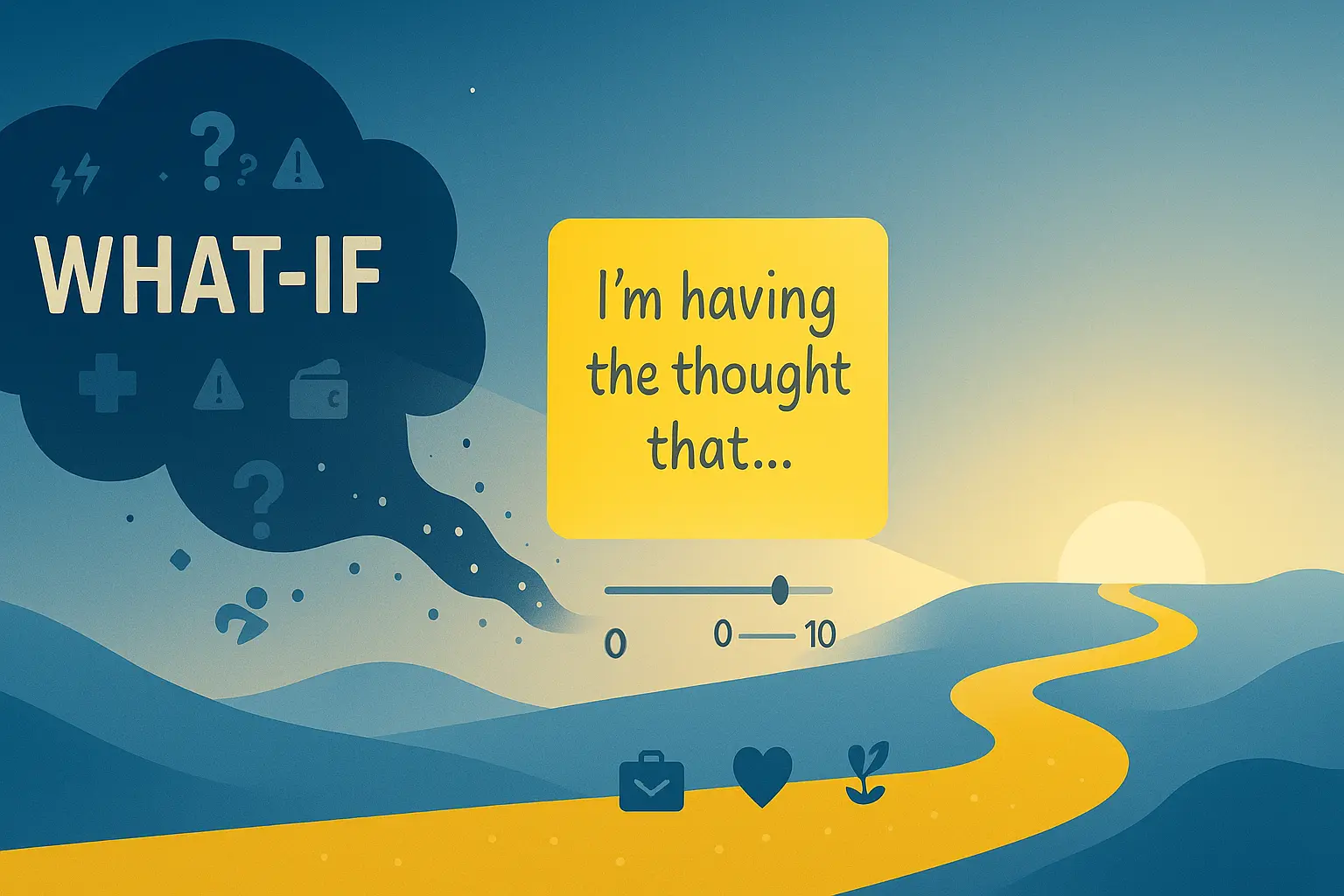
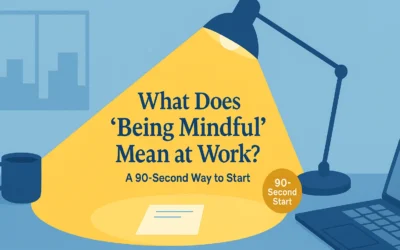
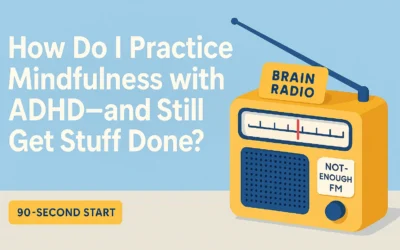
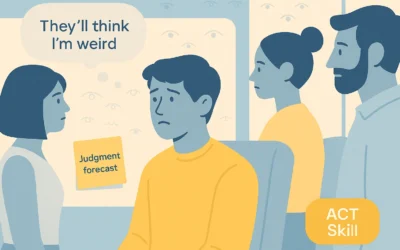
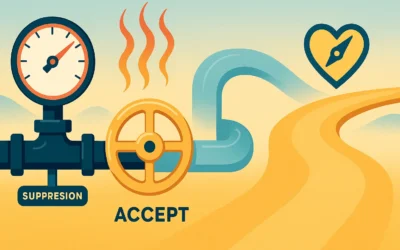
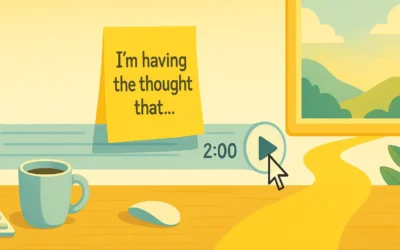
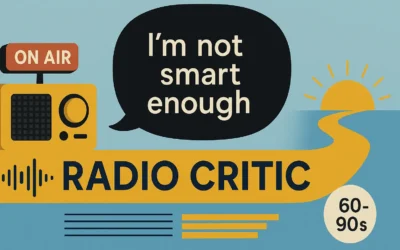
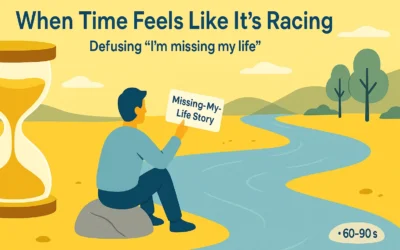
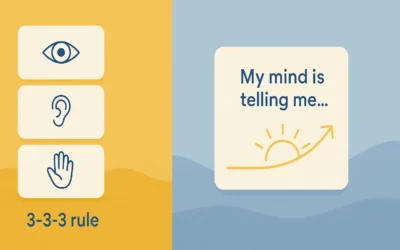
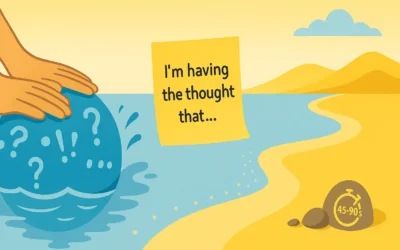

0 Comments